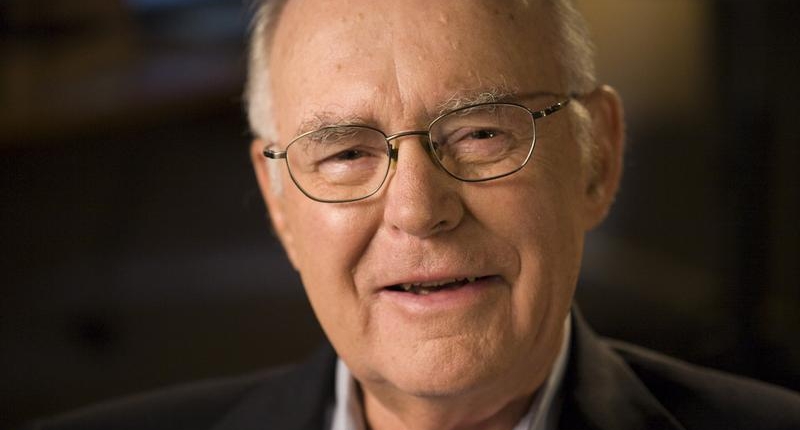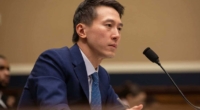Gordon Moore, co-founder of Intel and creator of Moore’s Law, passed away at the age of 94. In the Intel Trinity, Bob Noyce was the charismatic genius, Andy Grove was the driven, intense implementer, and Moore was the thinker. He was known for his deliberate and considered speech and his modesty, which led him to disavow his legacy as Moore’s Law. Fairchild, where Moore worked after leaving Bill Shockley’s company, established a culture of egalitarianism in Silicon Valley that encouraged engineering values and allowed the best technical brains to make technical decisions. When Intel was founded, Moore and Noyce each put in $245,000, and Moore’s stake was worth $15 billion 30 years later. He used his wealth to support educational initiatives and protect the environment. Moore’s passing is a loss to both the chip industry and the world.
Gordon Moore, one of the three co-founders of Intel and creator of Moore’s Law, passed away at the age of 94 in Hawaii last Friday. While Bob Noyce was the charismatic genius and Andy Grove was the driven, intense implementer in the Intel Trinity, Moore was the thinker. Despite being the inspiration behind the world’s most important industry, he was understated, unassuming, and known for his deliberate and considered speech. In fact, an interviewer once said that spending a week with him would not reveal much about his personal life.
When asked about the three people he most admired in the industry, Moore chose Noyce and Grove, alongside John Bardeen. Moore’s cool and logical reasoning was reflected in his untangling of every knot, and his reputation as the industry’s foremost visionary was something he laughed off. He was modest, as always, and said that he missed out on forecasting the PC, the internet, and other things.
Moore’s interest in chemistry began when he was ten years old and received a chemistry set from his neighbors. He found it fascinating that chemistry produced tangible results and could do things. His fascination with chemistry led him to occupy his life for the next 60 years and make him the richest man in California.
When Bill Shockley wanted a chemist for his company, Moore was chosen despite other highly qualified candidates. Moore had no entrepreneurial inclination and never thought of setting up a company. Instead, he liked working with the seven others he left Shockley with and decided it would be nice to find someplace where they could work together. Two years later, they found that place in Fairchild, where they had a mine of technology and more ideas than they could exploit.
Moore’s legacy is his law, which states that the number of transistors on a chip will double every two years, which has proven to be remarkably accurate over time. However, when asked about his legacy, he said he wanted it to be anything but Moore’s Law. He believed that he was only observing an already established pattern and that the industry would not have developed more slowly without it.
Fairchild, where Gordon Moore worked after leaving Bill Shockley’s company, established a culture of egalitarianism in Silicon Valley. There was no corporate hierarchy, no reserved parking spots or individual offices, and no dress code. The goal was to encourage engineering values and allow the best technical brains to make technical decisions. This culture was essential to the success of the chip industry.
When Intel was founded, Moore and Bob Noyce each put in $245,000. Moore’s stake was worth $15 billion 30 years later. He used his wealth to support educational initiatives and protect the environment, as he was a lifelong fisherman who could see the effects of pollution.
Moore’s passing is a loss to both the chip industry and the world.
Don’t miss interesting posts on Famousbio









